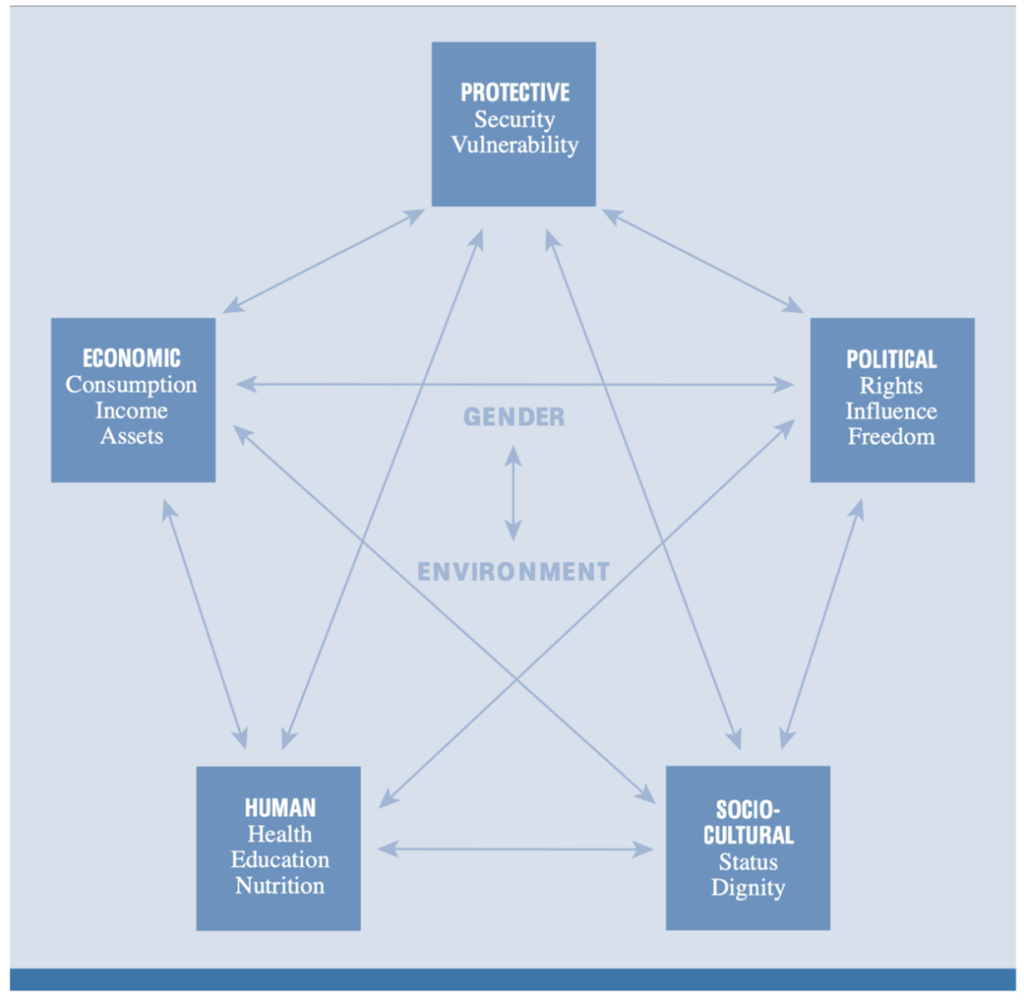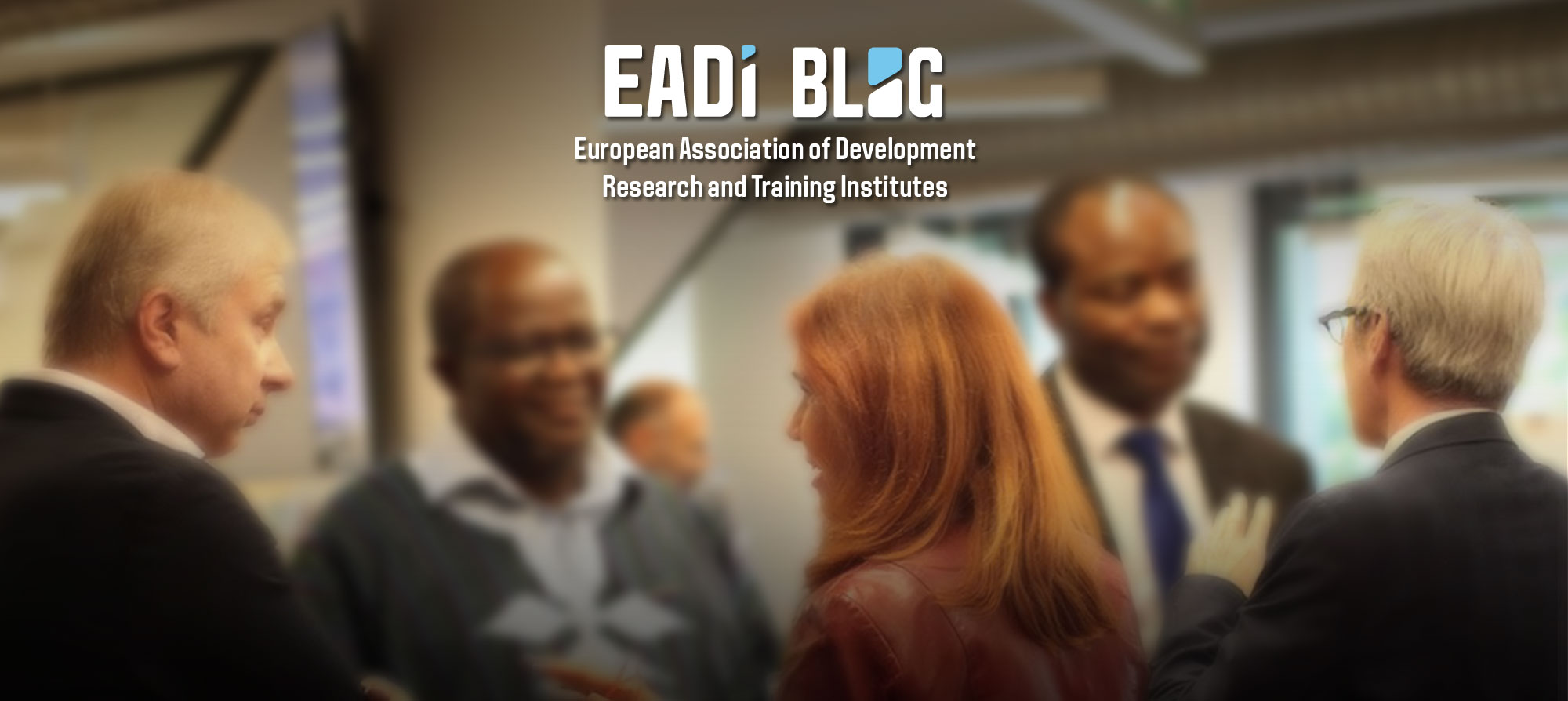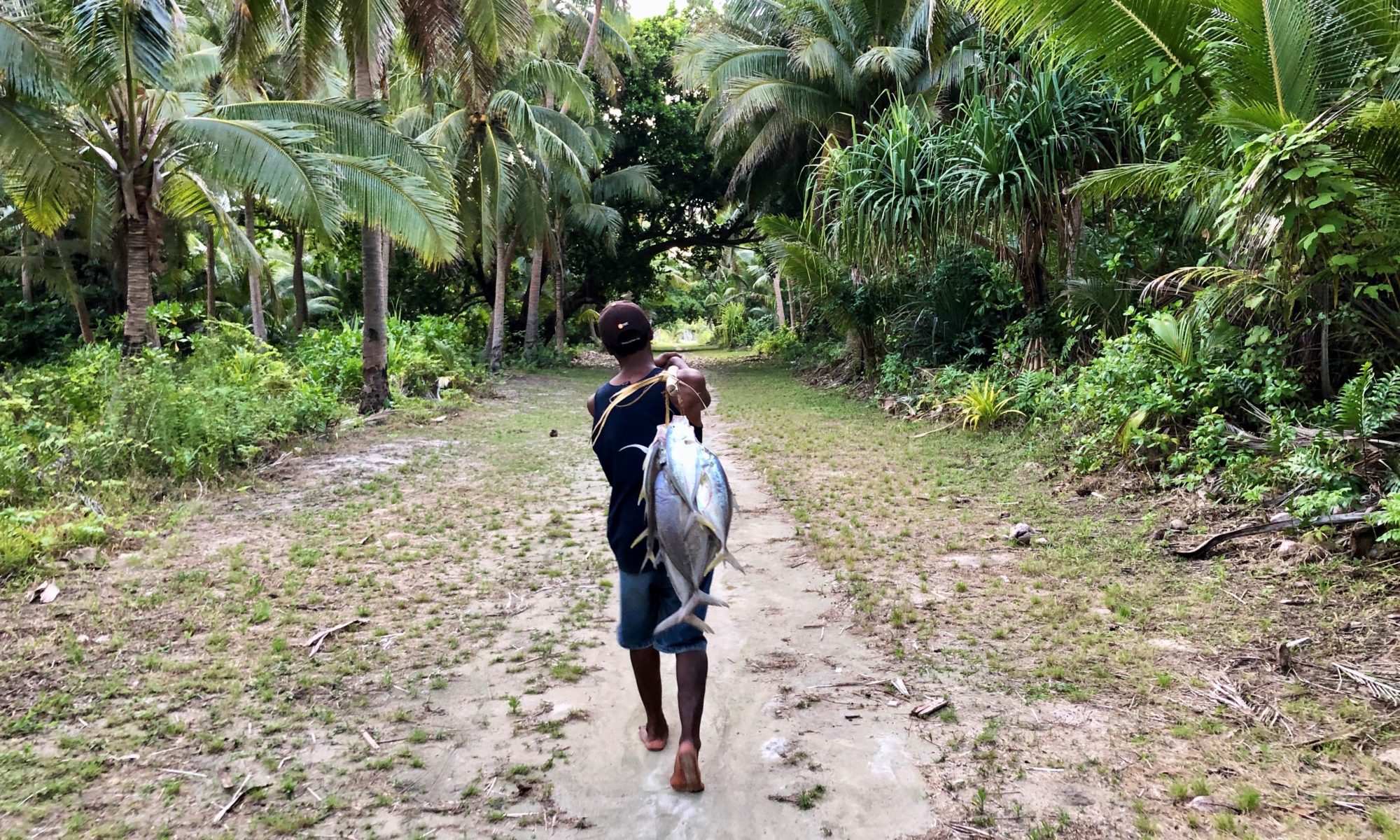By Kim Andreas Kessler
The recent adjustment of Fiji’s estimated poverty rate by the World Bank has caused controversies. While it is important to scrutinise this key figure, policy dialogue and policymaking should not miss the bigger picture. Economic poverty is only one dimension of poverty. Besides this, considering inequalities is crucial to evaluate Fiji’s progress and recalibrate polices aiming to enhance the quality of life of deprived Fijians.
The adjustment of Fiji’s poverty rate from 29.9% to 24.1% by the World Bank has caused ongoing debate about data validity and a possible politicisation of statistics. Such scrutiny is important, particularly so during Fiji’s current election year. Yet, it seems imperative to shift from a narrow focus on economic poverty to a multidimensional understanding of poverty and inequality in Fiji, and, indeed, the wider Pacific Islands region.
Economic poverty, as measured in Fiji by the World Bank previously in terms of income and currently in terms of consumption, offers merely a narrow and economistic understanding of poverty. Poverty research has long moved on. On a global level, both conceptual work and substantial (participatory) poverty data have highlighted the significance of non-economic variables in understanding and addressing poverty. In the Pacific, the participatory assessments of hardship (PAHs) emphasise that Pacific islanders regard not only issues such as lack of employment, education, and health care, but also lack of land and water, as well as social isolation, dependence on others, and lack of government responsiveness to people’s needs, as key dimensions of poverty. Non-economic factors seem crucial for Pacific Islanders’ understandings and experiences of poverty. Accordingly, an islander without income but access to land may be better off than an islander with income but no land access. Thus, a multidimensional understanding of poverty is a precondition for addressing poverty effectively and meaningfully for Fijians and Pacific Islanders at large.
What is multidimensional poverty?
So, what exactly is multidimensional poverty? While there are various definitions and frameworks, multidimensional poverty essentially expands on economic poverty by considering various other dimensions. These include human, socio-cultural, political, and environmental determinants. Each of these poverty dimensions are interlinked. The DAC poverty reduction guidelines (2001) provide as useful graphical depiction.

Data on multidimensional poverty is thus much needed to strengthen poverty reduction policies in Fiji and other Pacific Island countries.
The Multidimensional Poverty Index (MPI) has been established to facilitate international comparisons. While covering 109 so-called developing countries, MPI data is so far available only for Tonga (0.003), Kiribati (0.080), and Papua New Guinea (0.263), whereby 0 is best and 1 worst (highest multidimensional poverty). In Fiji, the 2019-20 Household Income and Expenditure Survey (HIES) provides the country’s first large scale statistical analysis of multidimensional poverty. Unfortunately, national media, policymakers, and other commentators have barely picked this up. Instead, economic poverty was fiercely debated when the 2019-20 HIES became public in September 2021, whereas the social, political, and human aspects of poverty have remained little discussed to date.
Measuring multidimensional poverty is more difficult than quantifying income and consumption poverty. There is scope to further improve the MPI index and the methodology measuring multidimensional poverty in Fiji, and work to enhance the operationalisation of multidimensional poverty is ongoing. In parallel, however, more data and dialogue on the non-economic dimensions of poverty are needed in Fiji and the wider Pacific to strengthen poverty diagnostics and recalibrate poverty reduction policies in a meaningful way.
Missing data on inequality trajectories
Furthermore, relative poverty, referring to how people’s living conditions compare to others within the country, requires more attention. Relative poverty and wider issues of inequalities have gained prominence since the adoption of the United Nations Sustainable Development Goals (SDGs), including SDG target 1.2 on relative poverty, SDG 10 on inequality within and among countries, and the pledge to leave no one behind that is at the core of each and every of the 17 SDGs. Accordingly, Pacific leaders, including Fiji’s Prime Minister, have adopted a ‘leave no one behind’ narrative. However, there is little robust data that informs us about inequality trajectories in Fiji and the wider Pacific Islands region. Kiribati (0.516) and Papua New Guinea (0.390) are the only Pacific Island countries that figure in the Inequality-adjusted Human Development Index (IHDI). Fiji’s Household Income and Expenditure Surveys can provide some insight into (mostly economic) inequalities. However, more research and data are needed on non-economic inequalities both within and between Pacific Island countries to improve diagnostics and strengthen policymaking.
Definitions of concepts such as ‘poverty’ and ‘inequality’ may seem an ivory tower exercise. Yet, the way in which poverty is defined matters in the real world. Definitions of poverty not only determine what living conditions are socially accepted, but ultimately shape policymaking. Furthermore, poverty definitions may affect how a country is eventually classified (e.g., as a ‘low’ or ‘middle income’ country) which has implications for access to development assistance.
Concerns for multidimensional poverty and inequalities hold a relatively long tradition in academia. However, in Fiji’s policy discourse and policymaking, rather little consideration has been given to both issues. The ongoing debates around consumption poverty rates in Fiji have cemented a narrow perspective on absolute and economic poverty, whereas a wider focus on multidimensional poverty, relative poverty, and inequalities – all of which seem fundamental to how ordinary Fijians experience poverty – would be more pertinent.
A firmer grasp and consideration of multidimensional poverty and inequality in Fiji’s policy dialogue and its policymaking seems timely and much needed to address poverty issues in a meaningful way.
Note: This article gives the views of the author, not the position of the EADI Debating Development Blog or the European Association of Development Research and Training Institutes.
Kim Andreas Kessler is a PhD researcher in development geography at the University of Otago, New Zealand. He is currently conducting field-based research in Fiji, investigating drivers and obstacles for risk-informed outer island development. Kim’s research focus includes sustainable livelihoods, multidimensional poverty, and climate change adaptation in the Pacific Islands region. He has previously worked at the University of the South Pacific (USP) and the Quality Assurance and Poverty Reduction Section at the Swiss Agency for Development and Cooperation (SDC).
Image: by the author

